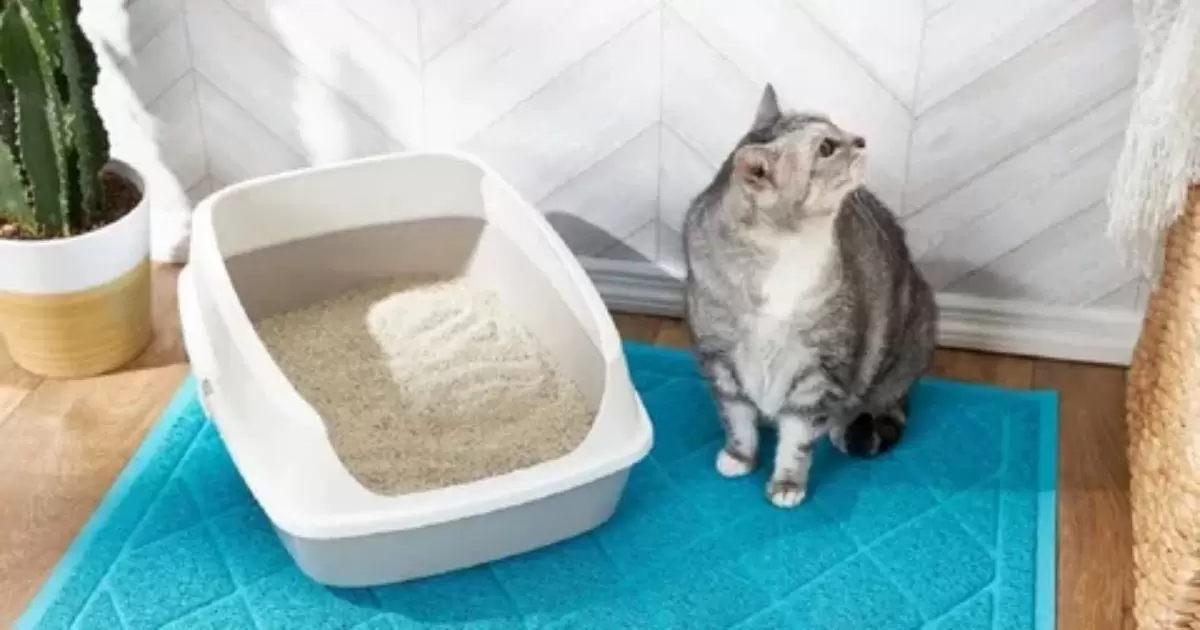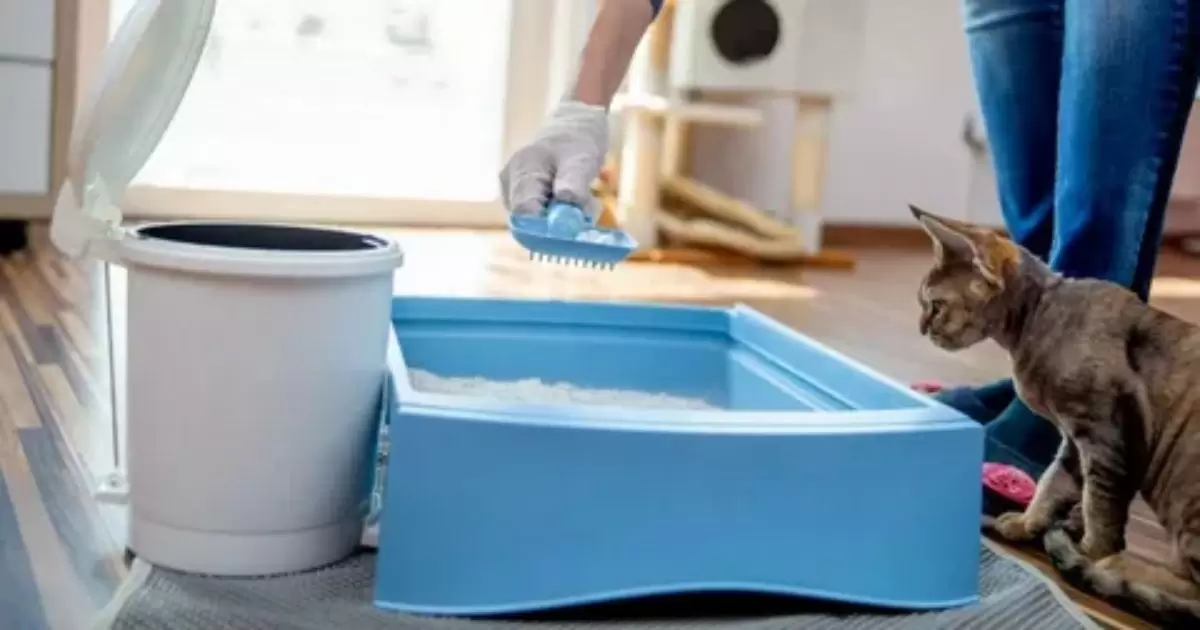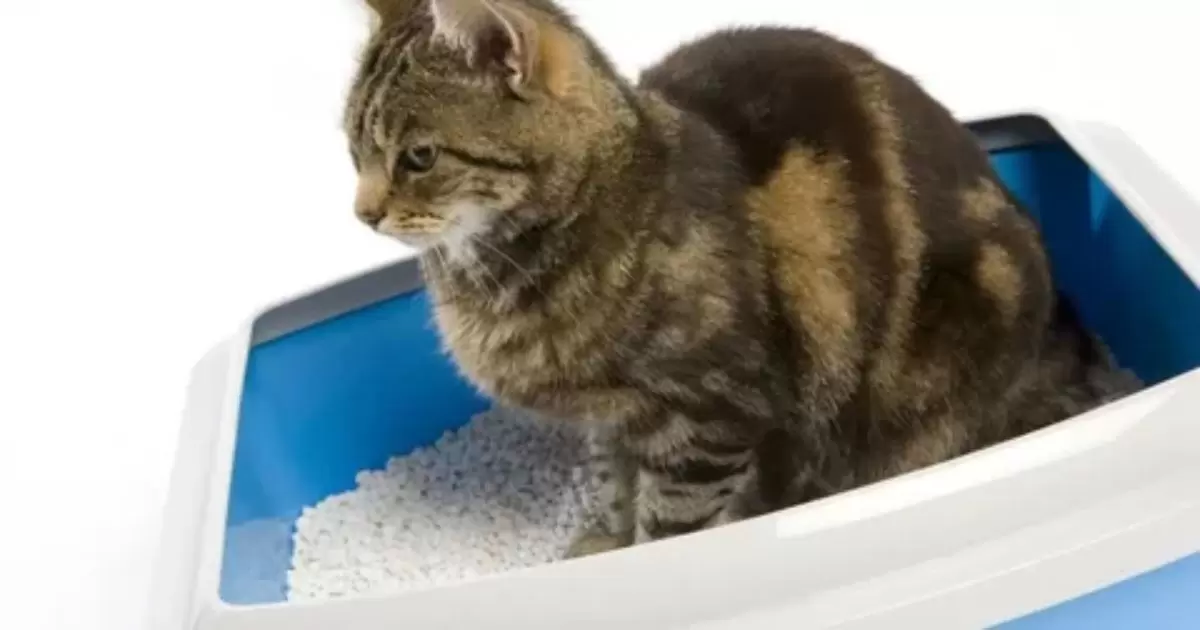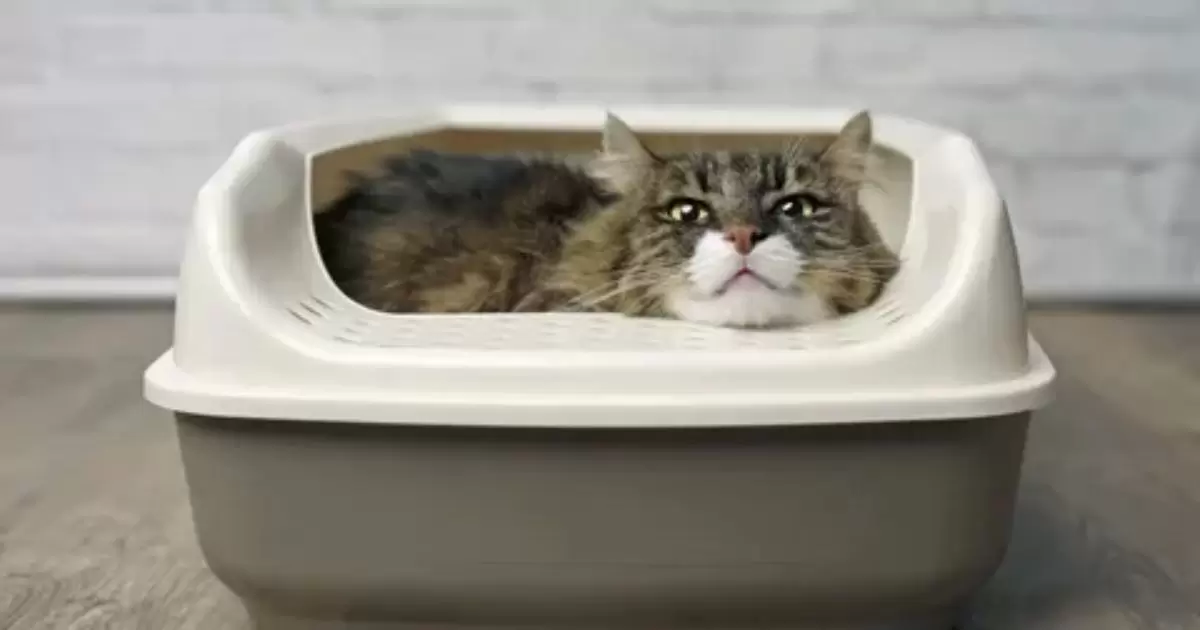Using rice as cat litter refers to substituting regular clay or clumping cat litter with uncooked rice grains in the cat’s litter box. Some pet owners try rice because it is inexpensive and believed to be a natural option.
Can I use rice as a cat litter? While rice may seem an affordable and possibly natural substitute for regular cat litter, pet owners should understand the potential drawbacks before putting their cat’s health at risk. There are better options specifically made for cat waste management.
Brief information: Rice lacks the proper absorbent and odor-eliminating properties of cat litter. It can get soggy, and moldy, and fail to clump urine properly. Materials designed for litter do a much better job controlling smells and moisture. Owners should research alternative budget litters or talk to their vet.
How to Make Rice Cat Litter at Home
To make homemade rice litter, start by cooking 1-2 cups of white rice per cat as usual, letting it fully cool afterward. Next, thoroughly dry the grains in a 300°F oven for 30 minutes. Finally, place into a litter box over baking sheets lined with puppy pads for absorbency. Change frequently as clumping doesn’t occur.
A less time-consuming method is using uncooked rice directly in the litter box. However, raw rice risks mold growth more quickly from moisture exposure. Cooked rice makes a safer homemade litter, although scooping waste is still required daily before smells build up. Consider mixing in baking soda for extra odor control.
What is a homemade alternative to cat litter?
Materials like pine shavings, shredded newspaper, or pure cellulose from computer paperwork when making DIY cat litter mixes at home. Natural options include using wheat bran, buckwheat hulls, or coarsely ground cornmeal layered for absorption too.
To homemade litter, add baking soda and allow to sit for 48 hours first for activation. Speed clumping action by mixing in non-clumping clay litter purchased. Essential oils also help homemade litter neutralize odors better. But even the best homemade mixes need changing more often than standard litters.
Can I use rice hull as cat litter?
The super dry and porous hulls around rice grains serve well as cat litter. Rice hulls naturally soak up liquids, clump wastes, and don’t track much outside boxes. This renewable litter material gets produced as a byproduct, making it budget-friendly.
Compared to raw rice though, hulls seem safer if accidentally ingested by cats grooming paws. The added fiber aids healthy digestion if minor amounts are consumed. Rice hull litter is very lightweight for carrying and tends to produce low dust. Look for brands fortifying hulls with odor eliminators for optimal performance.
What can I use if I don’t have a litter box for my cat?
Emergency cat litter box options exist by repurposing household items when needed. Use a shallow plastic storage container or cardboard box lined with plastic bags or layers of newspaper. Fill halfway with sand, shredded paper, or even dirt from the outside to create a temporary toilet space.
Cover repurposed litter box items with pierced plastic lids or cardboard with cat-sized holes cut out. Spot clean and change litter solution daily while obtaining a standard litter box as soon as possible. Proper boxes with hoods keep litter centralized, reduce tracking, and contain smells best for cat health.
What Type of Rice is Best for Cat Litter
No rice variety makes an ideal cat litter. However, white rice seems preferable to brown. Without the oily bran coating, white rice clumps slightly better and doesn’t spoil as rapidly. The slower mold growth means changing litter less often.
But even white rice lacks adequate absorbency and odor control for cat waste. Veterinarians recommend against any rice varieties for litter. The grains can cling to paws and don’t neutralize smells. Cats tend to drink less water on rice litters too. Traditional clumping clay formulas or wheat-based litters manage waste far better.
How Much Rice is Needed for Cat Litter
When substituted for clay litter, raw rice requires nearly 2-3 cups per litter box, poured 1-inch deep. This equates to over 20 pounds of rice monthly for one cat’s toilet needs. Rice soaked by urine saturates and sours faster than clay, warranting full litter swaps weekly.
The massive rice consumption makes costs higher than standard litter ultimately. Owners spend less long-term on litters engineered to clump firmly for weeks. Purchasing 40-pound jugs of clumping litter on subscription saves more. Rice lacks the clumping factor allowing clay formulas to last exceptionally longer between changes.
Tips for Cleaning Up After Cats Using Rice as Litter
| Tip | Description |
| Scoop daily | Scoop poop from the box 2 times a day. Rice does not clump pee. |
| Fully change often | Toss all rice in a box every 3-4 days. |
| Line with pads | Place potty pads under a box. Catches stray rice and leaks. |
| Sprinkle baking soda | Lightly coat used rice litter with baking soda before bagging. Reduces smell. |
| Use gloves | Wear gloves when scooping to avoid bacteria. |
| Check for mold | Look for gray fuzz on grains. Toss out rice if see mold. |
| Air out smell | Open windows and keep air flowing to control odor. |
| Check paws | Examine paws daily for signs of infection from wet litter. |
| Buy cat-safe litter | Avoid issues by using only litters made for cats. Rice is risky. |
Place litter boxes with rice litter over puppy training pads to catch spilled grains and seeping urine. Newspaper under the plastic bin catches leakage too. Scoop solid wastes twice per day as rice texture prevents clumping. Freshen the entire litter every 3 days minimum.
Mixing a few cups of new rice daily extends usefulness slightly. Use rubber gloves when handling used litter to avoid skin exposure to bacteria and mold. Keep air circulating to combat smells until litter gets fully changed out each week. Lightly sprinkle used rice with baking soda before bagging to help neutralize ammonia odors.
Common Health Concerns When Using Rice as Cat Litter
Lung infections are common when cats use rice litter. Mold spores thrive in moist grains, becoming airborne when cats dig. Prolonged breathing of spores risks respiratory illness. Urinary issues happen since cats drink less water without clumping clay grains. Intestinal blockage is also likely if cats ingest rice.
Eliminating soggy rice allows bacterial growth like E. coli and Salmonella. A cat’s paws transfer bacteria each time they enter the foul box. Daily paw cleaning is essential, as is monitoring for skin infections. Change Cat Litter more often than clay formulas to mitigate health hazards. Ultimately, vets caution against using any rice for Cat Litter.
FAQS:
What can I use if I have no cat litter?
You can use materials like shredded newspaper, sand, wood stove ashes, sawdust, or dirt as emergency cat litter if no standard litter is available.
Can I use rice hull as cat litter?
Yes, the porous hulls surrounding rice grains can absorb moisture and effectively serve as cat litter.
What can I make cat clutter out of?
Some homemade cat clutter alternatives include using pine timber shavings, pureed newspaper, wheat bran, ground corn meal, buckwheat hulls, or recycled paper waste.
How do you make homemade cat muddle?
To make homemade cat clutter, use absorbent organic materials like pine shavings, shredded paper, or grain hulls in a litter container, or create a clumping impact employing adding bentonite clay to substances like purified cellulose.
Conclusion:
Can I use rice as a cat litter? While rice seems like an inexpensive and natural litter option, it poses health risks for cats and fails to properly absorb odors and moisture. The grains get soggy and lead to bacterial growth in litter boxes. Rice can also foster mold when wet and lacks key clumping abilities standard litters have.
Overall, rice is not an effective or hygienic cat litter. Specialty litters engineered to clump waste and kill germs are better options. Despite the appeal of cost and availability, the cons outweigh the pros of using rice. Cat guardians should avoid rice litter to prevent hazards from poor odor control, mold exposure, and choking on grains. Stick to pine, wheat, or clay-clumping litters to keep cats happy and healthy instead.











